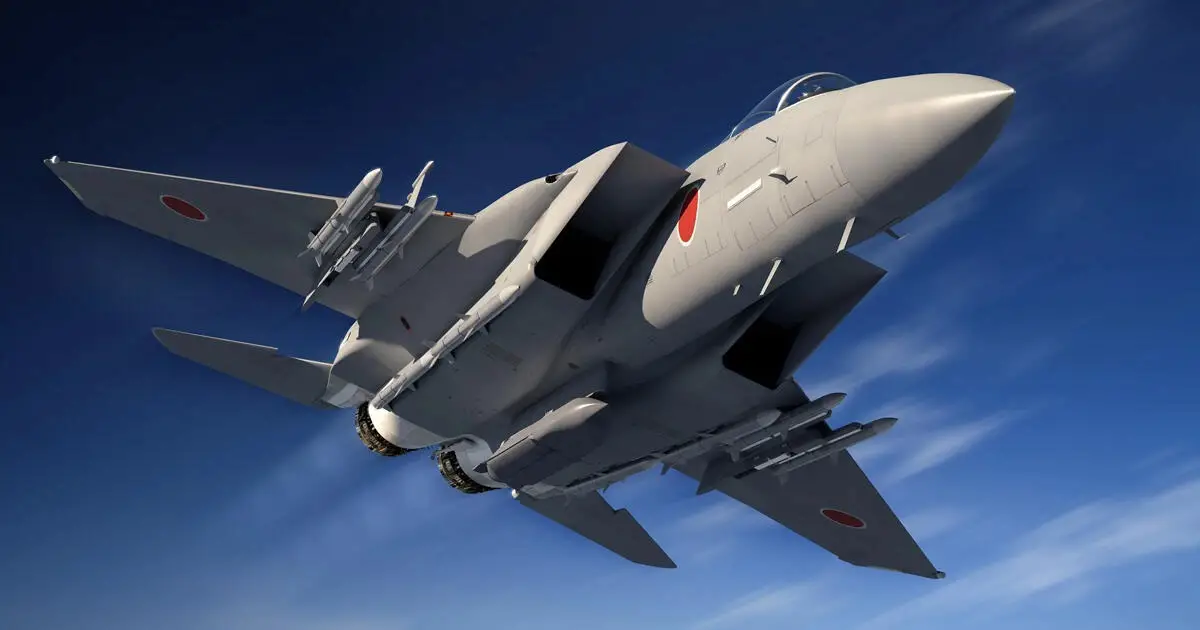The United States has officially approved a Foreign Military Sale (FMS) to Japan, valued at $3.64 billion, for the acquisition of AIM-120D-3 and AIM-120C-8 Advanced Medium-Range Air-to-Air Missiles (AMRAAM), along with a comprehensive package of related equipment and services. The Defense Security Cooperation Agency (DSCA) delivered the necessary certification to Congress, marking the first step in what could be a significant upgrade to Japan’s air defense capabilities. The proposed sale includes up to 1,200 AMRAAM missiles, 20 AIM-120D-3 guidance sections, and four AIM-120C-8 guidance sections, along with a range of support components such as propulsion units, warheads, missile containers, and various testing and training equipment. This move reflects a growing alignment between the U.S. and Japan as both nations seek to bolster defense cooperation amid escalating regional security challenges, particularly in the Indo-Pacific region, where geopolitical tensions have been rising.
The AIM-120 AMRAAM has long been a cornerstone of modern air superiority, providing military forces with an advanced, all-weather, beyond-visual-range engagement capability. Japan’s acquisition of these missiles represents a critical step in enhancing its air defense infrastructure. The AIM-120D, the latest variant in the AMRAAM family, offers a substantial increase in range—around 50% greater than the previous AIM-120C-7 model—and an upgraded guidance system that significantly improves its performance against both maneuvering and stationary targets. The missile’s GPS-aided navigation, high off-bore-sight (HOBS) capabilities, and two-way data link ensure that Japan’s fighter jets, including the F-35 Lightning II, will be able to engage adversary aircraft at greater distances and with more precision. These enhancements directly address the growing threat posed by sophisticated enemy aircraft and missiles, reinforcing Japan’s ability to defend itself and its allies.

The AMRAAM has evolved substantially since its introduction in the early 1990s, with each new variant bringing important upgrades to improve the missile’s range, guidance systems, and maneuverability. The AIM-120C series, introduced in the late 1990s, marked the beginning of these upgrades, including improved seeker technology and increased high off-bore-sight (HOBS) capability, allowing the missile to engage targets outside the pilot’s direct line of sight. The AIM-120C-7 variant added a longer range and enhanced homing capabilities, meeting the evolving needs of air forces around the world. The AIM-120D represents the pinnacle of AMRAAM development, with greater accuracy, extended range, and improved no-escape envelope, making it a formidable weapon in any air combat scenario. Its ability to engage both enemy aircraft and incoming threats like cruise missiles has made it a preferred choice for the U.S. and allied forces, and its deployment in Japan will significantly elevate Japan’s defense capabilities in the region.
This sale to Japan highlights the deepening defense relationship between the United States and its allies in the Indo-Pacific region. Japan’s investment in the AIM-120D and AIM-120C missiles not only bolsters its own defense capabilities but also enhances regional security by ensuring that Japan’s air forces remain interoperable with U.S. military systems. The presence of such advanced missile systems will allow Japan to more effectively participate in joint defense operations and respond to potential threats in the region, particularly as China and North Korea continue to modernize their military forces. Moreover, by strengthening its deterrent capabilities, Japan aims to contribute more effectively to regional stability and the protection of international airspace. This move is a clear signal of Japan’s commitment to maintaining a robust defense posture, supporting its security alliances, and ensuring its ability to counter emerging threats in a rapidly changing global security environment.













